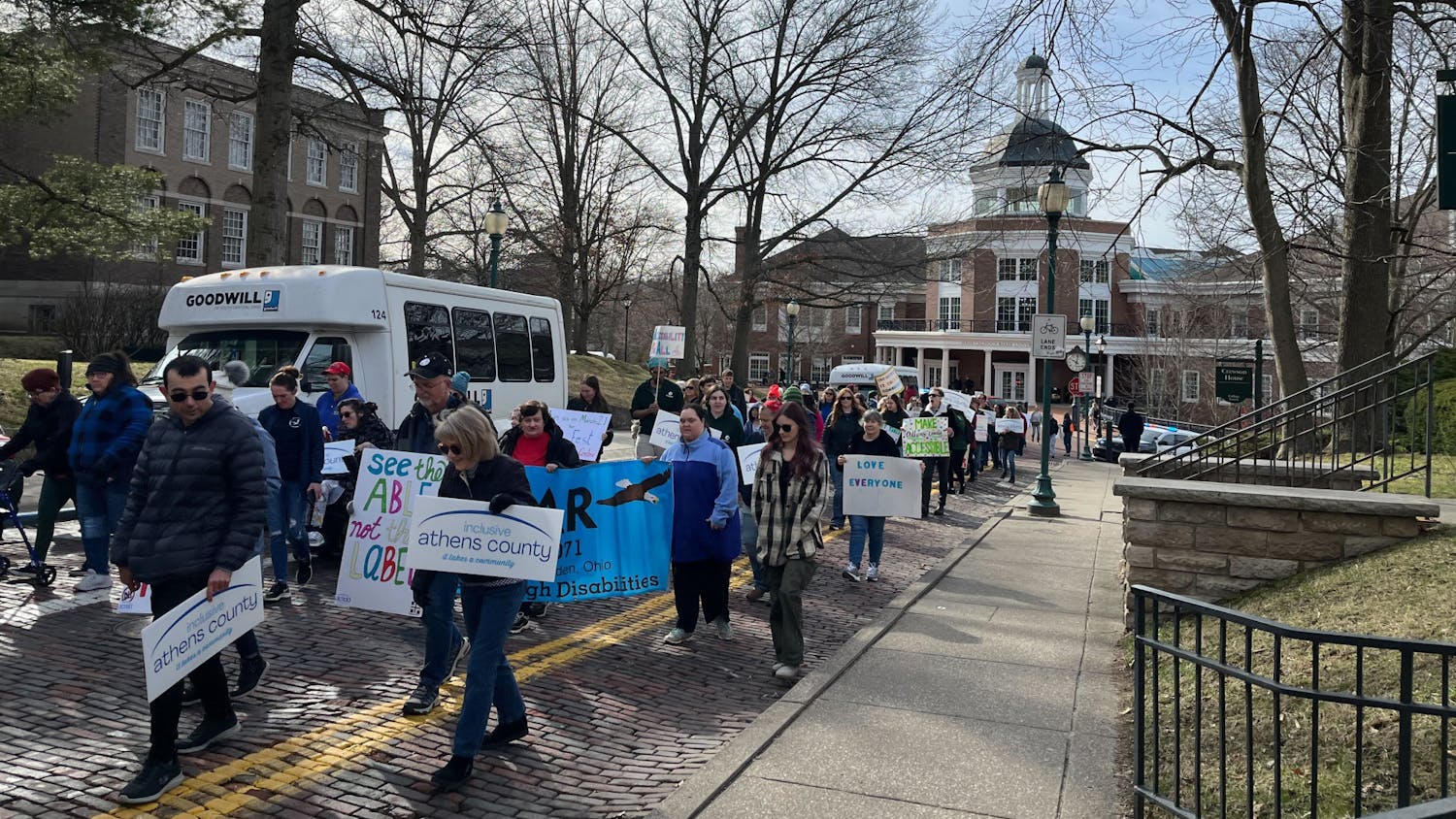Ohio University’s chapter of the American Association of University Professors, or OU-AAUP, held a virtual event Thursday focusing on analysis and discussion of OU’s budget.
The meeting featured a professional budget breakdown presentation by James “Jim” Mosher, a professor of political science in the College of Arts and Sciences, and input from representatives of the Graduate Employee Organization, or GEO, and the American Federation of State, County and Municipal Employees, or AFSCME, Local 3200 chapter.
Mosher’s presentation focused on explaining the roots of OU’s budget crisis as well as the process of drawing up a university budget. He described two key reasons OU has struggled with its budget in recent years: namely, declining enrollment and administrative costs.
Since 2015, first-year enrollment has declined by 752 students. With each student bringing in an estimated $95,000 in revenue, the decrease has resulted in a net $127,564,205 loss over five years, Mosher said.
The university’s current annual loss is $37.9 million, with an anticipated $189.9 million loss over the next five years. Mosher attributed declining enrollment to administrative decisions that make the university less competitive to prospective students.
“If you have to spend money on something else or you’re thinking about spending money on something else, you need to think about it in terms as reducing your public mission… All of those things other than education and research should be balanced against what you’re taking away from education and research,” Mosher said.
Mosher’s presentation also pointed toward consistently high administrative costs, including salary increases that are outpacing inflation. Between 2011 and 2020, administrative salaries and benefits increased 46%, 28.4% above inflation, amounting to $37.8 million.
“If six-figure bonuses are possible for administration, even as we see our university crumble, then increasing grad students’ — even faculty and staff — salaries are possible as well,” Courtney Silver-Peavey, a member of GEO, said.
Silver-Peavey spoke about benefits for graduate student employees, drawing attention to the increasing costs of health care and need for a livable wage. OU subsidizes about 10% of graduate student health insurance, Silver-Peavey said, compared to 30% to 80% at other universities in the state.
As faculty and staff layoffs placed a greater burden of work on remaining employees, the need for adequate benefits is even greater, OU-AAUP member Kyle Butler argued. He believes that continuing in the current situation is unsustainable for faculty, students and the university as a whole.
“All of this is happening now under a new administration, but it’s an administration that continues the rhetoric of sustainable budgets, strategic choices and efficiencies,” Butler said. “And we’ve seen what those efficiencies look like in practice. It’s more work for fewer people. And ultimately it’s the students who suffer because overworked and under-resourced faculty simply can’t deliver the same level of education quality.”






